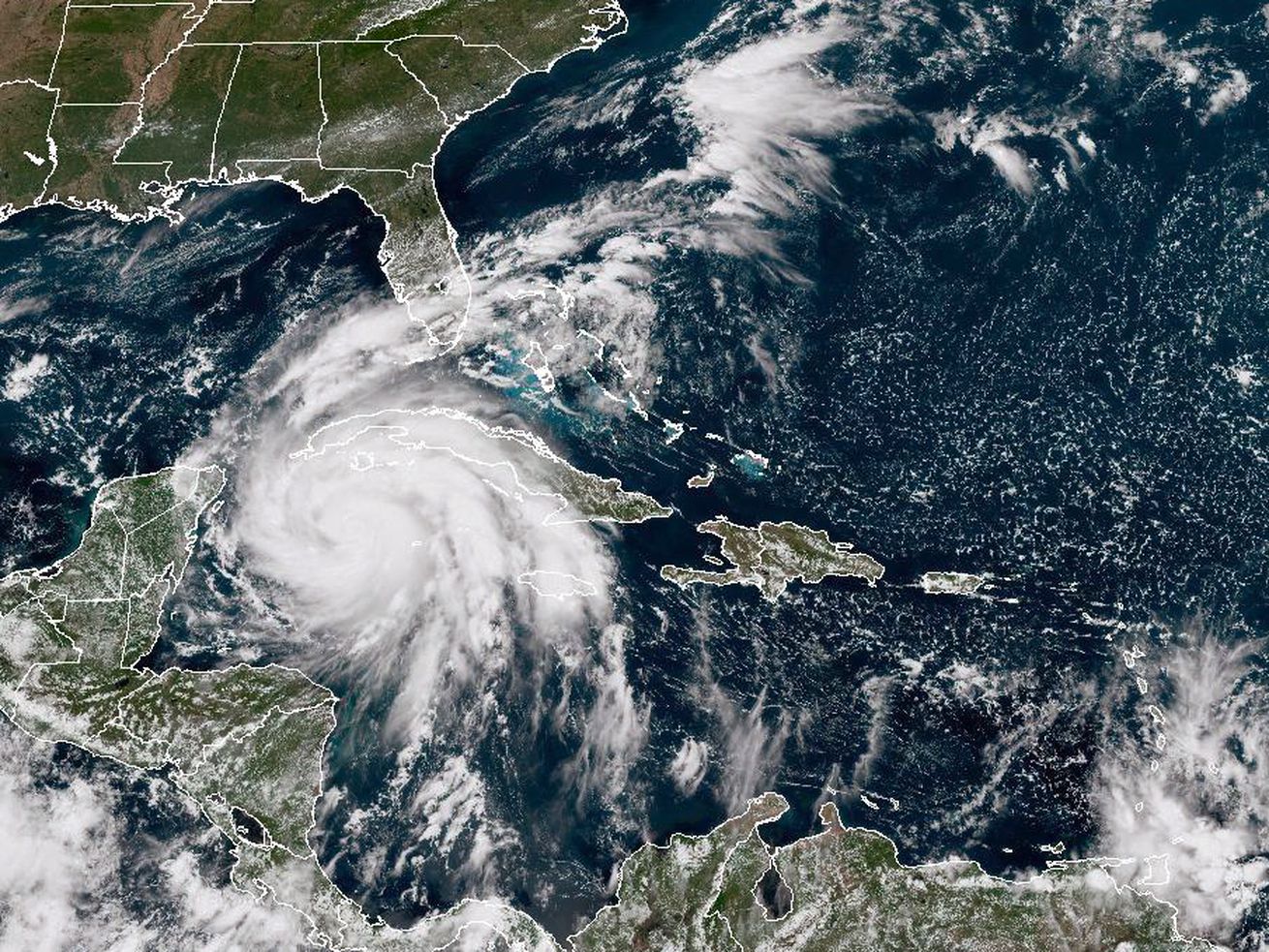Populations are growing in coastal cities, which are vulnerable as sea levels rise and hurricanes drive larger storm surges.
Hurricane Ian is barreling toward the Florida coast and is expected to reach Category 3 strength by Monday night, with winds reaching upward of 129 mph. Mandatory evacuations have already begun.
But wind and rain alone aren’t what’s making Ian a threat; Florida’s population has been growing in recent years, with some of the largest increases in vulnerable coastal cities like Tampa and Miami. Forecasters are getting better at predicting hurricanes. However, these storms are capturing more people and property in their swaths of destruction as they become more damaging and as more people move to risky areas.
“Life-threatening storm surge is possible along much of the Florida west coast,” the National Hurricane Center warned on Monday. The highest-risk areas span from Fort Myers to Tampa Bay, with water levels reaching as high as 10 feet.
/cdn.vox-cdn.com/uploads/chorus_asset/file/24056287/163741_peak_surge.png)
National Hurricane Center
A storm surge occurs when a hurricane’s winds raise water levels and sweep them inland, leading to flooding. This is often the deadliest part of a hurricane. Coupled with as much as 10 inches of rainfall, the floodwaters from Ian could linger for days.
These effects are getting worse because of climate change. Rising average temperatures are lifting sea levels and increasing the amount of rainfall from major storms, adding up to more devastating storm surges. The increasing devastation from extreme weather events, many worsened by climate change, is helping fuel a rise in disasters with damages exceeding $1 billion.
But in Florida, as in much of the country, these costlier disasters also stem from the fact that more people are living and building in harm’s way.
Around 40 percent of the US population lives in a coastal county. Florida, however, has seen large increases in residents in these areas. From 2010 to 2020, Miami gained more than 660,000 residents, while Tampa-St. Petersburg grew by more than 365,000 people, according to the Florida Department of Transportation. The Tampa Bay metro region is home to more than 3 million people, with homes, offices, and roadways built right up to the water’s edge in some areas, including regions vulnerable to inundation. “The farther up the bay, the worse the hurricane storm surge potential,” Bob Weisberg, an oceanographer who studied flooding in Tampa Bay, told Vox’s Brian Resnick in 2019.
/cdn.vox-cdn.com/uploads/chorus_asset/file/24056376/Screen_Shot_2022_09_26_at_3.14.34_PM.png)
Florida Department of Transportation
Florida’s sunny beaches are a powerful draw, but the state and local governments are also encouraging more people to move to the shores of the Sunshine State.
“You’ve got these coastal cities who are making a gamble by encouraging development even though it might not be environmentally sustainable or a good idea for people to live at greater risk,” said Jason von Meding, an associate professor who studies disasters and society at the Rinker School of Construction Management at the University of Florida.
As more people move in, the homes, businesses, and infrastructure they need grow as well. So when a storm tears through a region, it leaves behind a much higher damage bill.
However, von Meding added that his main concern isn’t that there are “too many” people in Florida, but rather where they choose to build and how the burden of disasters is spread out. For instance, the dollar value of damages doesn’t always reflect who is most at risk and who suffers the most in the wake of a hurricane. Expensive, insured coastal vacation homes may register as higher losses than the sole residences of low-income families.
Thankfully, fewer people are dying from extreme weather events like hurricanes. Better building codes, disaster planning, and forecasting have helped people get out of the path of danger. Hurricane modelers can now project the path of a storm 72 hours in advance with a resolution that decades ago was only possible 24 hours in advance, buying crucial time.
But anticipating the intensity of a hurricane remains a challenge. Some studies have shown that more Atlantic hurricanes are undergoing rapid intensification, defined as a wind speed increase of 35 mph or more over 24 hours. As average temperatures rise, hurricanes are likely to spool up faster, making it harder for residents to evacuate in time.
A storm doesn’t have to reach hurricane strength before it becomes dangerous, either. Miami is already seeing flooding with King Tides and severe rainfall on a regular basis, worsened by the fact that parts of the city are sinking. More than 10 inches of rain fell on Miami during a storm earlier this summer that flooded streets and caused a sewage plant to overflow.
/cdn.vox-cdn.com/uploads/chorus_asset/file/24056623/GettyImages_1401006802.jpeg)
Joe Raedle/Getty Image
Cities like Tampa are now grappling with even more devastating storms in the future, possibly even a direct hit from a Category 5 hurricane with 160 mph winds driving a 26-foot storm surge.
A storm’s destruction doesn’t end after the floodwaters recede, however. Many inequities can continue to propagate. People without insurance or the means to rebuild may have to permanently relocate or face lasting financial hardships. “Recovery processes prefer people who already have resources,” von Meding said. “We often see an exacerbation of inequality after a disaster.”
Puerto Rico is a case in point. More than 600,000 customers are still in the dark as of Monday afternoon after Hurricane Fiona swept over the island last week. Without power, many residents are struggling to get clean drinking water and run critical medical devices. So the full damage of a storm isn’t just a function of wind and water, but how people prepare and how quickly they recover.
Ian is poised to begin pummeling Florida on Tuesday and make its way up the Gulf Coast. Utilities are now preparing for outages and lining up crews to restore power in Ian’s wake.
Author: Umair Irfan
Read More



